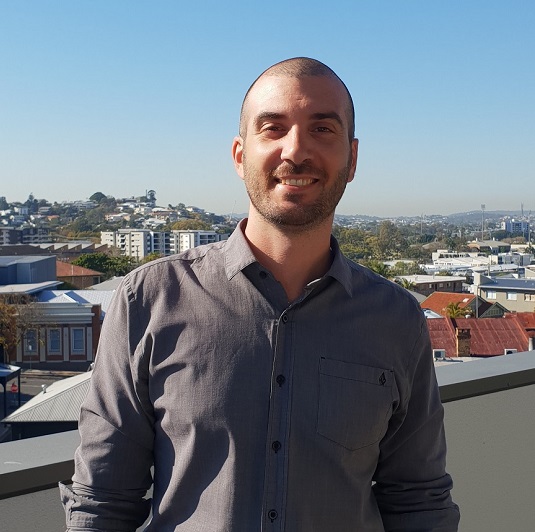Getting under the skin of existing buildings

As has been seen with Opel Tower in Sydney, the importance of regularly monitoring and evaluating a structure and ensuring its health cannot be over stated. It is rapidly becoming a case study for highlighting what happens when issues are not identified, remedied and managed appropriately, with major problems created for the building owner and manager and significant emotional and financial pressure placed on unit owners and tenants.
In Brisbane we are at a point in time where forensic engineering has a vital role to play in the future development of our city. Firstly, we are seeing an increasing trend towards the redevelopment of existing structures, providing a new lease of life through clever design and engineering that enables buildings to be repurposed to suit modern needs.
And secondly, we are at a point where many buildings that could be redeveloped are in the sweet spot of risk. From hidden legacy issues such as concrete cancer, flammable cladding, and asbestos through to more traditional structural problems like settlement or cracking, it is vital to get under the skin of a building and to be able to fully assess the condition of any aspect of its engineering.
At Inertia we have been working in the forensic engineering area for many years and understand that it is a fast-moving field where issues, challenges and potential hazards are being uncovered around the globe on a daily basis. In parallel, new technologies, techniques and innovations are being brought to market that can provide new approaches to how we assess structures.
From the latest non-invasive evaluation and monitoring technologies, through to global case studies that may have a significant impact on projects that have been completed or are in development in Australia, we cannot stand still in an ever-changing environment.
As a result, we must be able to access to the best expertise, resources and tools available and to embed that knowledge and skill into our team. It is a core part the ongoing professional development of our engineers and our commitment to implement that knowledge across our clients’ projects.
Structural Engineer, Ramon Gimeno, recently took part in an intensive four stage forensic engineering programme to further hone his skills and refresh the expertise and knowledge of our structural team.
“As an engineer I get to work on some amazing projects, and a huge part of what I do has to be focused on the safety and integrity of any structure. We have all seen and heard the horror stories that have happened when structures fail, or an element of risk had not been identified that went on to cause a tragedy.”
“Running across four sessions we focused on every element of forensic engineering from current case studies, through to in depth technical demonstrations of the latest technologies and inspection techniques.”
“As engineers we are continually pushing the boundaries of what can be done technically, particularly when we are working with existing structures. To do so successfully it is vital that we get under the skin of the structure. We can then consider all potential forensic engineering aspects, so that we can quickly and efficiently identify, flag and rectify issues that may impact the potential redevelopment or the long-term health of the structure.”
“At Inertia, forensic engineering is at the heart of providing the best advice and solutions for our clients and through our approach we are confident that we can ensure that any project we work on will stand the test of time.”
 Back to News
Back to News
